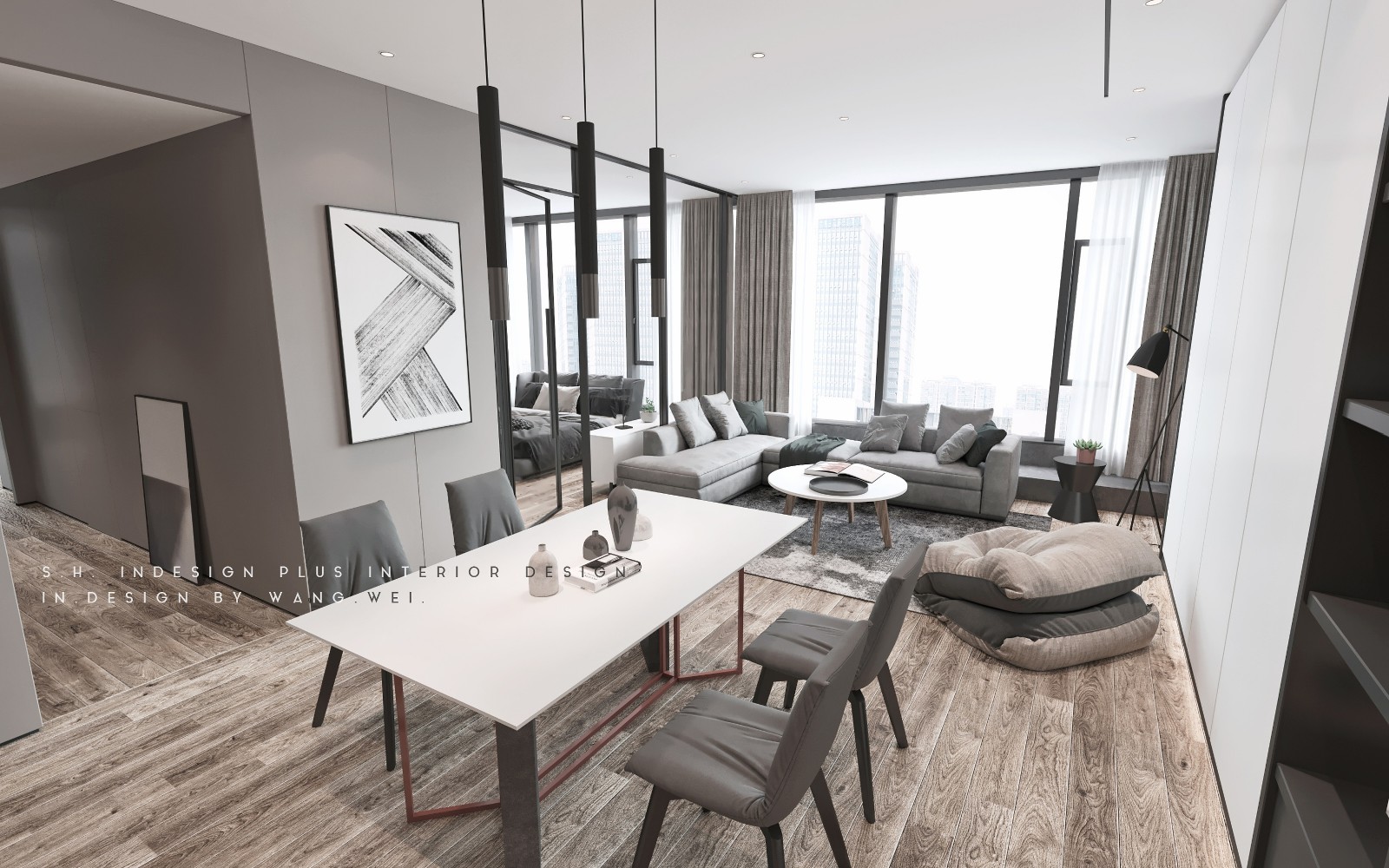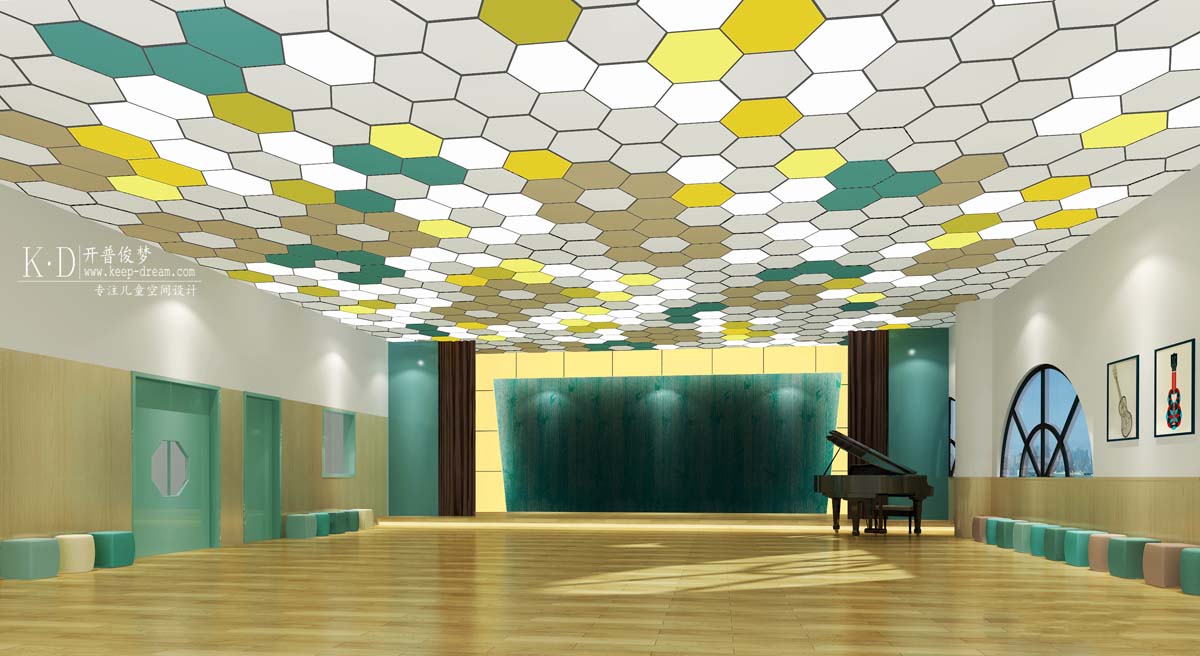House in the Mountains Gluck+
2018-06-19 08:00
© Steve Mundinger
史蒂夫·蒙丁格(Steve Mundinger)


架构师提供的文本描述。为了扩展“景观屋”的概念,这座位于落基山脉的2850 SF客房融入并突出了它的山区环境。两个相交的条形书端完成了隐含的庭院原来的房子,创造了一个高山庭院,将这两个结构连接成一个单一的家庭聚集的地方。新建筑的东西酒吧有三间卧室和车库,而南北酒吧则包括客厅、餐厅和厨房。“屋顶草甸”的平面使房屋在道路上几乎看不见,从现有的结构中保存和突出原来的景色,并提供了一个超绝缘的信封。连续的牧师玻璃聚焦全景,并提供一个完全白天照明的空间。
Text description provided by the architects. Looking to extend the idea of the ‘Landscape House,’ this 2,850 SF guest house in the Rocky Mountains integrates into and accentuates its mountain environment. Two intersecting bar shapes bookend to complete the implied courtyard of the original house, creating a high mountain yard that connects the two structures into a single family gathering place. The East-West bar of the new structure houses three bedrooms and the garage, while the North-South bar encloses the living, dining and kitchen areas. Planes of ‘roof meadow’ render the house practically invisible from the road, preserve and highlight the original view from the existing structure, and provide a super-insulated envelope. Continuous clerestory glass focuses the panorama views and provides a completely day-lit space.
© Steve Mundinger
史蒂夫·蒙丁格(Steve Mundinger)






南侧一堵厚厚的太阳能墙将建筑物的服务侧与主庭院隔开,同时为汽车、储存和收集太阳能创造了一个次级空间。一堵裹着绳索的挡土墙斜着横过场地,占领了一边的太阳能庭院,另一边形成了一个私人沉陷的庭院。太阳能电池板加热房子,室外游泳池和热水浴缸。游泳池和室内地板白天“过热”,充当散热器,以避免夜间机械加热。一种集成的建筑信息系统,包括实时传感器信息和远程控制的能源性能。这种实时信息使系统能够对不断变化的环境条件作出反应,并随着时间的推移进行优化,使化石燃料的使用减少60%以上,并降低能源成本。
A thick solar wall on the South side separates the service side of the building from the main courtyard while creating a secondary space for cars, storage and the harvesting of solar energy. A corten-clad retaining wall slices diagonally across the site, capturing the solar courtyard on one side and forming a private sunken court on the other. The solar panels heat the house and the outdoor pool and hot tub. The pool and interior floors are ‘overheated’ during the day, acting as heat sinks, to avoid mechanical heating at night. An integrated building information system includes real-time sensor information and energy performance that is controlled remotely. This real-time information enables a system to respond to changing environmental conditions and to optimize over time, reducing fossil fuel usage by over 60% as well as energy costs.
© Steve Mundinger
史蒂夫·蒙丁格(Steve Mundinger)




































Architects GLUCK+
Location United States
Project Team Shannon Bambenek, Cory Collman, Peter L. Gluck, Charlie Kaplan, Jason LaPointe, Matthew Lawson, James MacGillivray, Scott Scales
Area 2850.0 ft2
Project Year 2012
Photographs Steve Mundinger, GLUCK+
Category Sustainability
Manufacturers Loading...
























